I was having trouble getting a restored razor to close without hitting the scales, and I noticed that the pin was in there at an angle. So I ended up looking at all the prior ones I have done, and they weren't straight either. Just never noticed until now.
What causes this? I noticed that the diameter of the pivot hole on the blade is quite a bit larger than my pins, so I was thinking maybe that's the cause.
What causes this? I noticed that the diameter of the pivot hole on the blade is quite a bit larger than my pins, so I was thinking maybe that's the cause.
Attachments
-
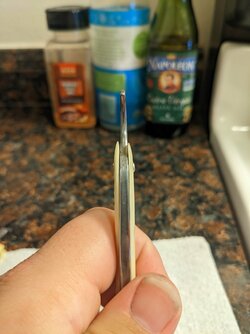 PXL_20230905_205538437.NIGHT.jpg775.8 KB · Views: 27
PXL_20230905_205538437.NIGHT.jpg775.8 KB · Views: 27 -
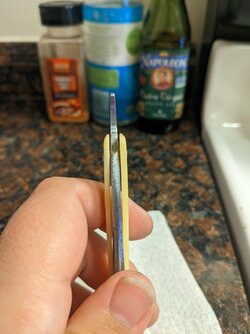 PXL_20230905_205517682.NIGHT.jpg750.1 KB · Views: 26
PXL_20230905_205517682.NIGHT.jpg750.1 KB · Views: 26 -
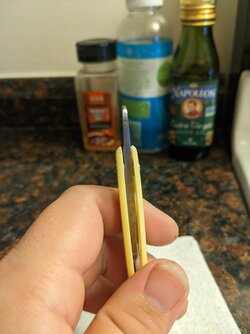 PXL_20230905_205525764.NIGHT.jpg726.6 KB · Views: 26
PXL_20230905_205525764.NIGHT.jpg726.6 KB · Views: 26 -
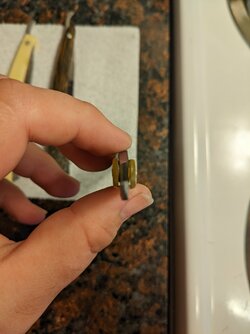 PXL_20230905_205405322.NIGHT.jpg662.3 KB · Views: 30
PXL_20230905_205405322.NIGHT.jpg662.3 KB · Views: 30 -
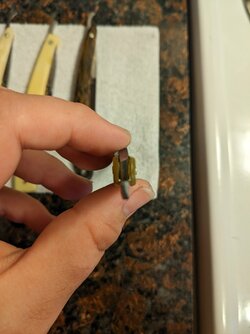 PXL_20230905_205352294.NIGHT.jpg679.9 KB · Views: 29
PXL_20230905_205352294.NIGHT.jpg679.9 KB · Views: 29 -
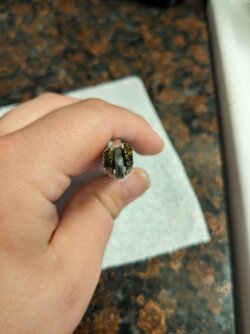 PXL_20230905_205455607.NIGHT.jpg667 KB · Views: 27
PXL_20230905_205455607.NIGHT.jpg667 KB · Views: 27 -
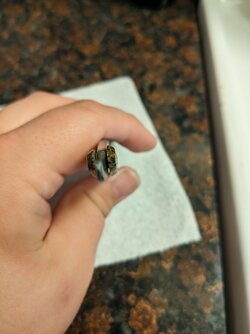 PXL_20230905_205501413.NIGHT.jpg634.1 KB · Views: 29
PXL_20230905_205501413.NIGHT.jpg634.1 KB · Views: 29

